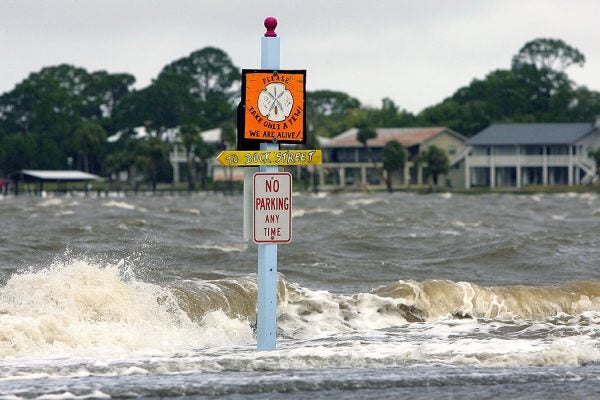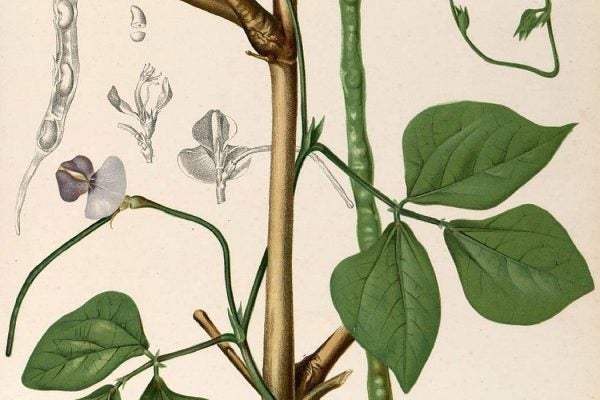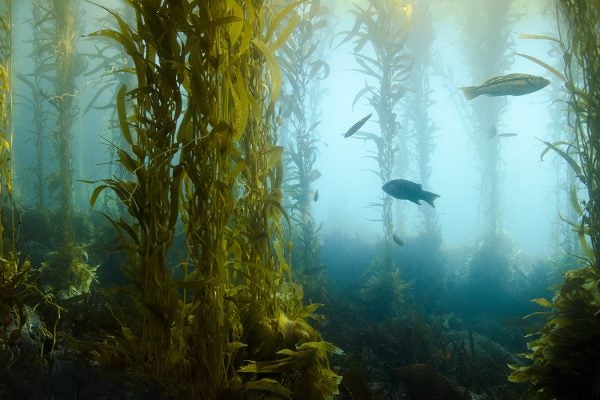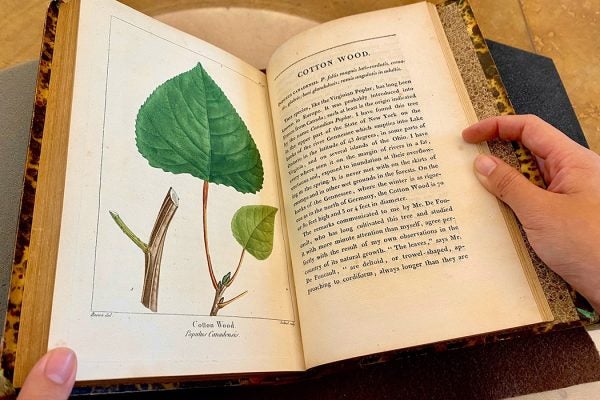Tomatoes as Medicine
Tomatoes, once believed by Americans to be poisonous, became an unquestioned staple of a healthy diet thanks to doctors and popular cookbooks.
Buff Boys of America: Eugen Sandow and Jesus
Under the influence of Muscular Christianity, Jesus transformed into a muscle-bound Aryan, saving souls through strength and masculinity.
Plant of the Month: Hops
As the craft beer industry reckons with its oppressive past, it may be time to re-examine the complicated history (and present) of hops in the United States
A Noisy City Affects Birdsong
As anthropogenic ambient noise increases in urban areas, birds adapt their songs to make themselves heard.
Improving Communications Around Climate Change
How can scientists better explain the potential hazards of sea-level rise to historic coastal communities?
Plant of the Month: Black-eyed Pea
Human relationships to this global crop have been shaped by both violence and resilience.
Turf Algae and Kelp Forests
Structurally complex kelp forests, pushed beyond their tipping points, are being replaced by mat-like, low-structure turf algae around the world.
How Street Dogs Spend their Days
Generally lazy, often friendly, the dogs of India know how to relax.
Plant of the Month: Poplar
Poplar—ubiquitous in timber, landscape design, and Indigenous medicines—holds new promise in recuperating damaged ecosystems.
The Imperiled Inland Sea
Twenty years ago, scholar W. D. Williams predicted the loss of salt lakes around the world.









